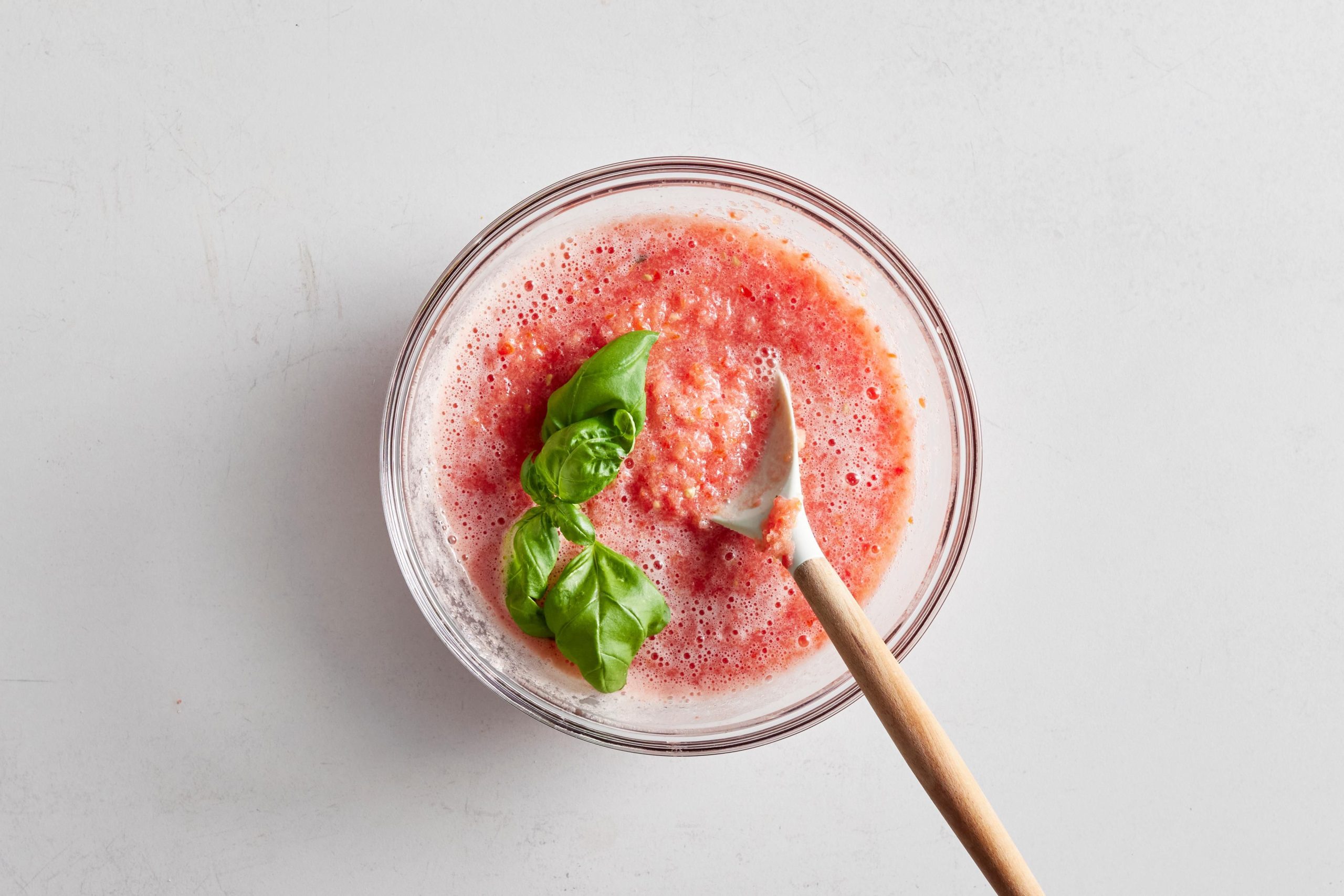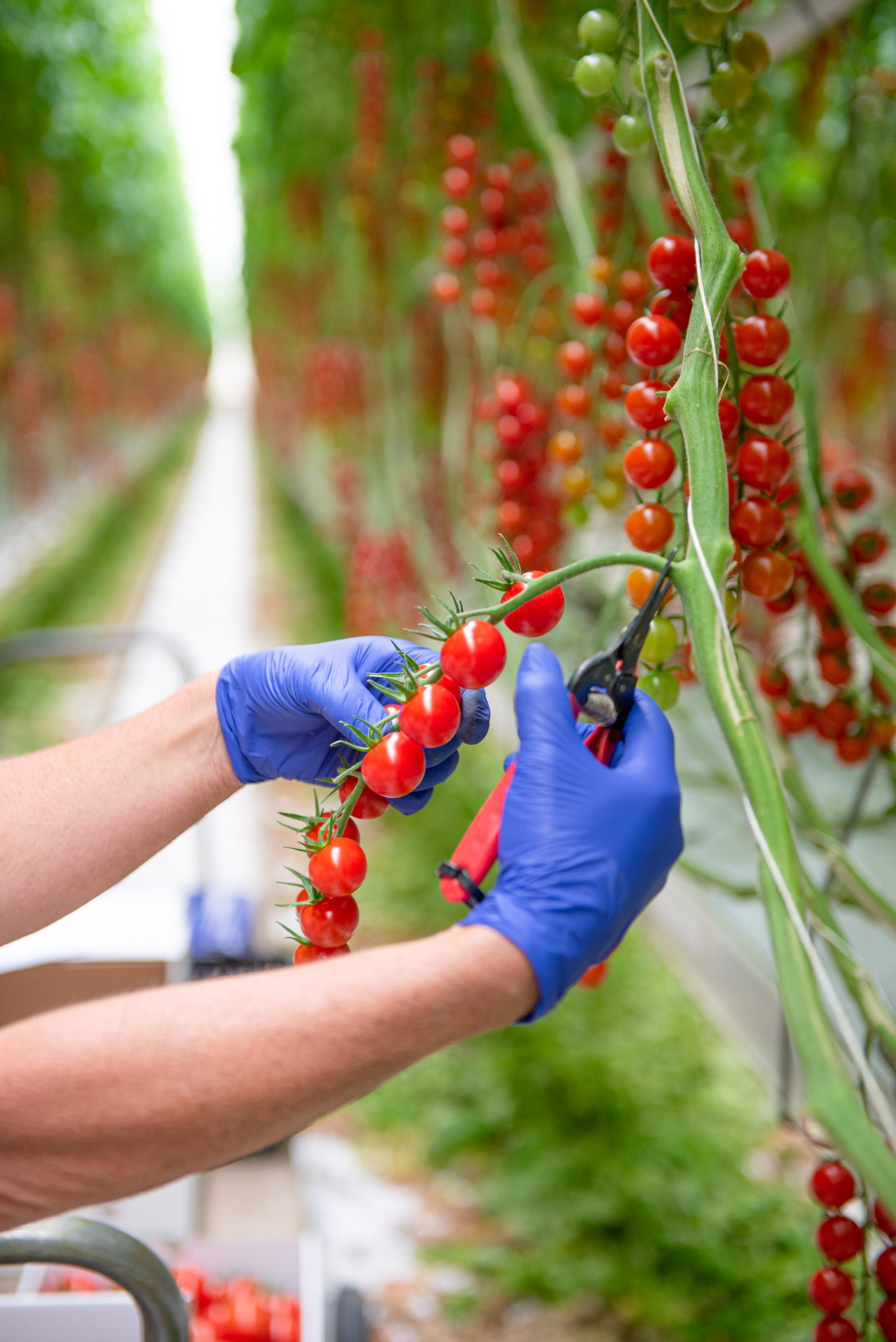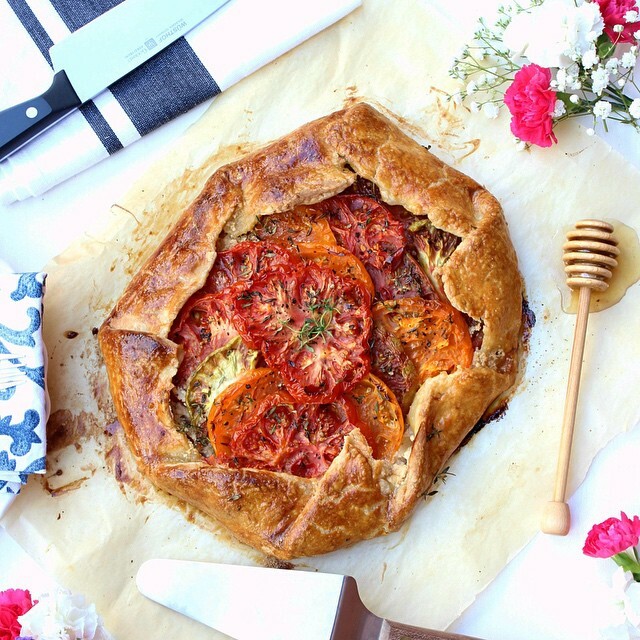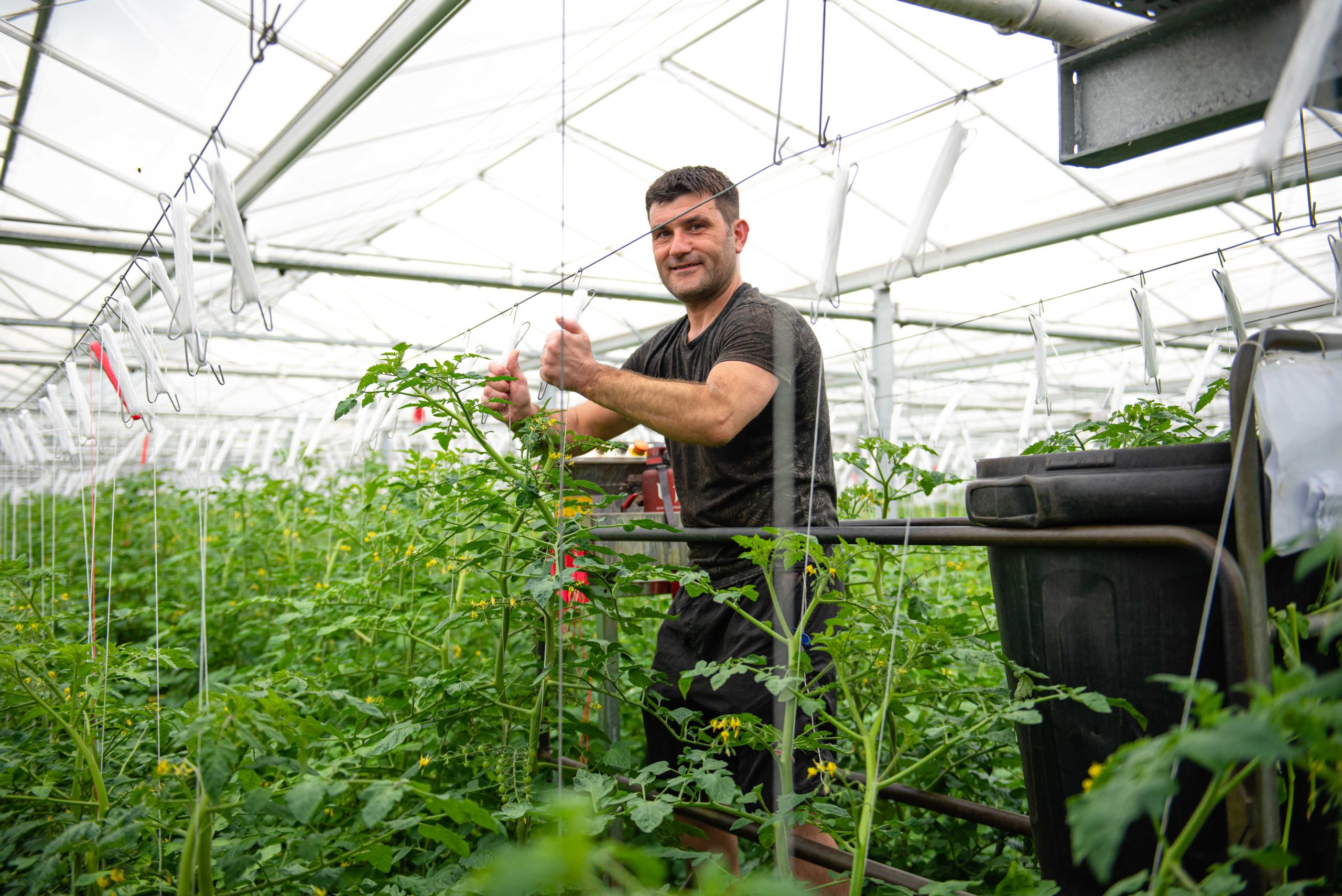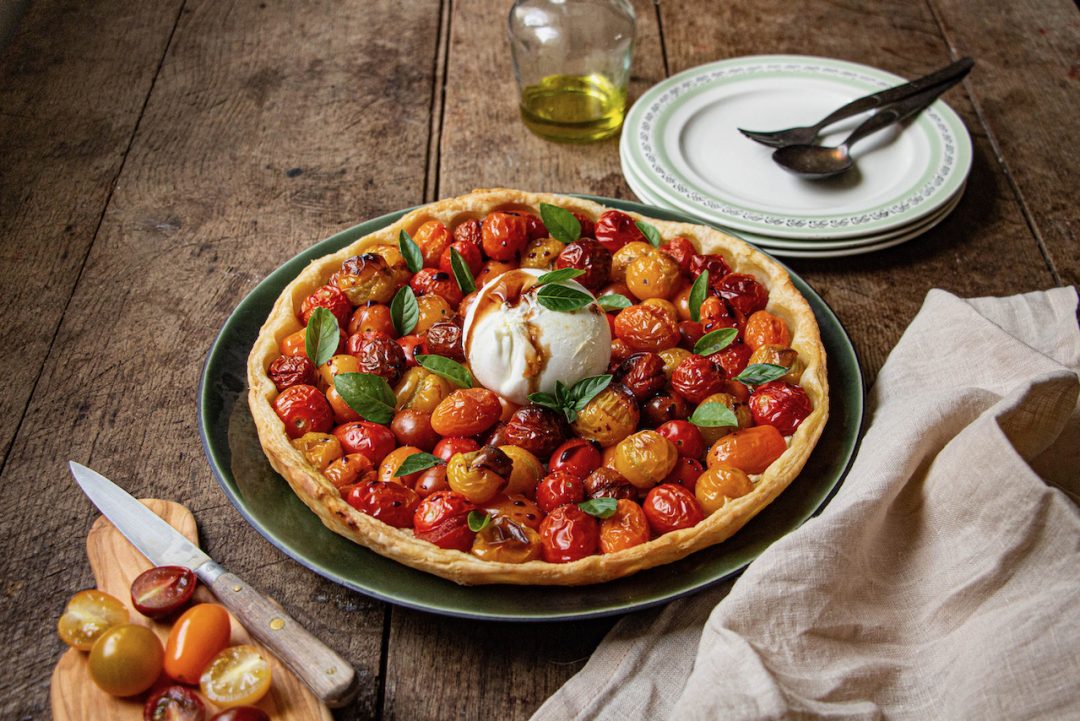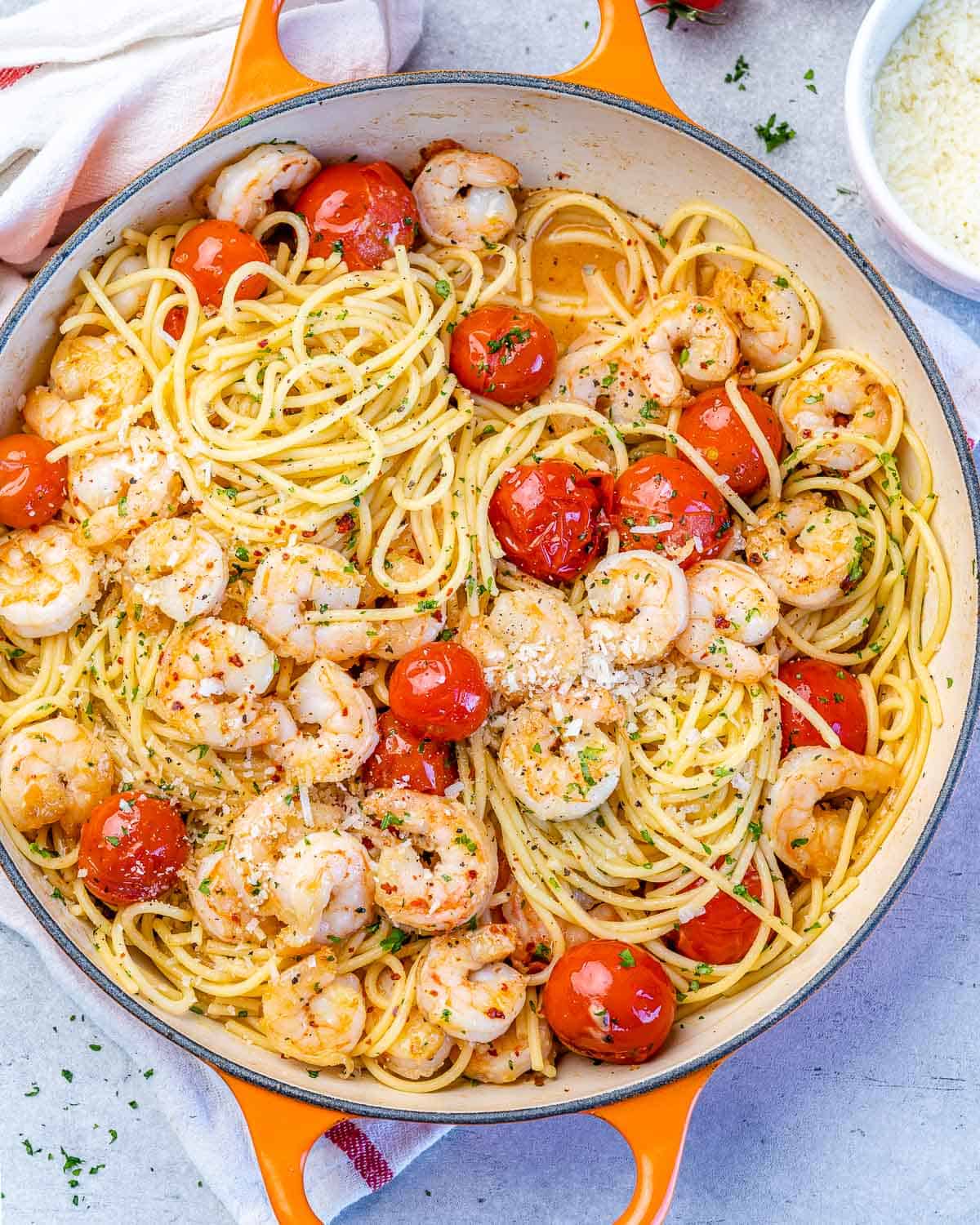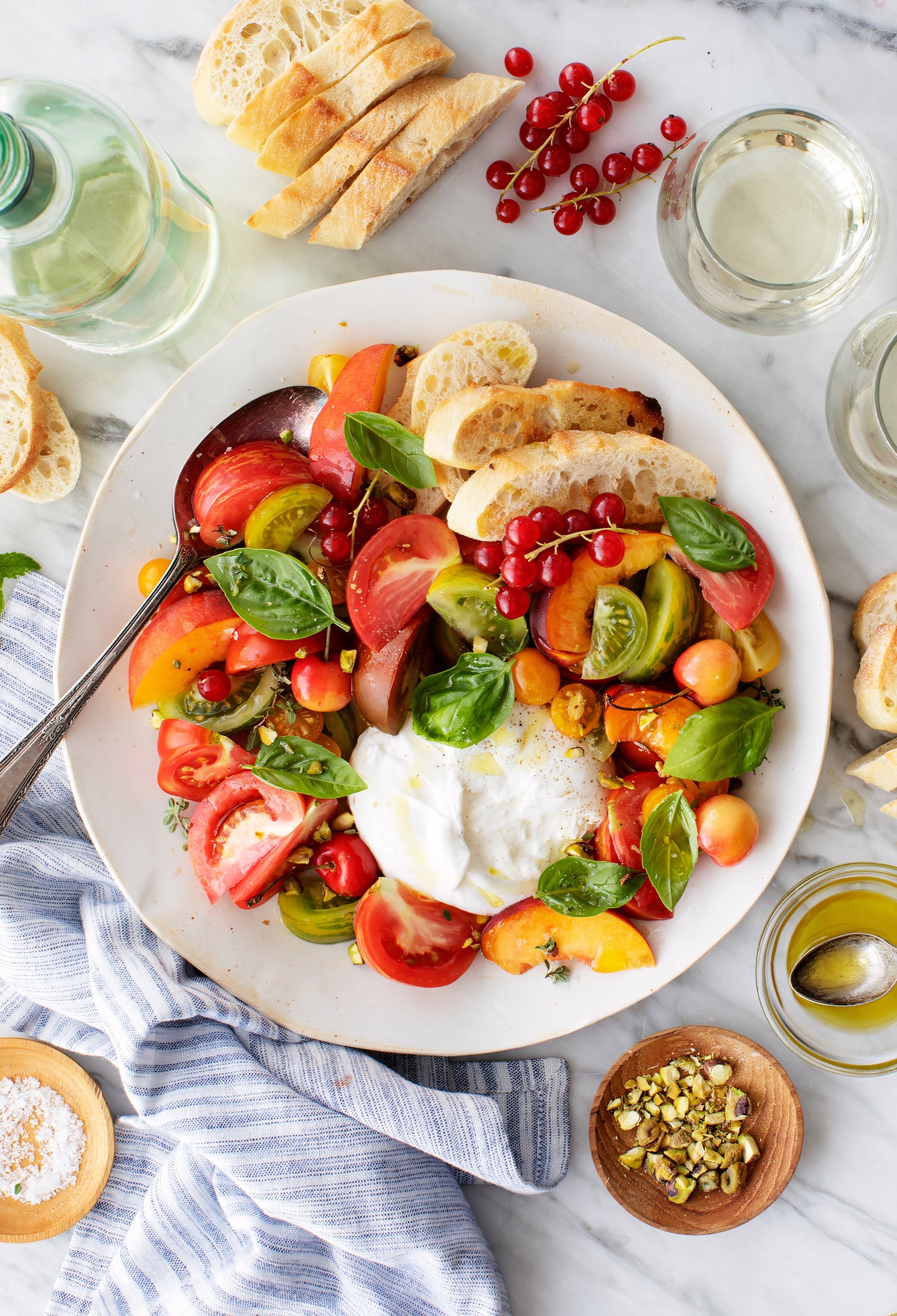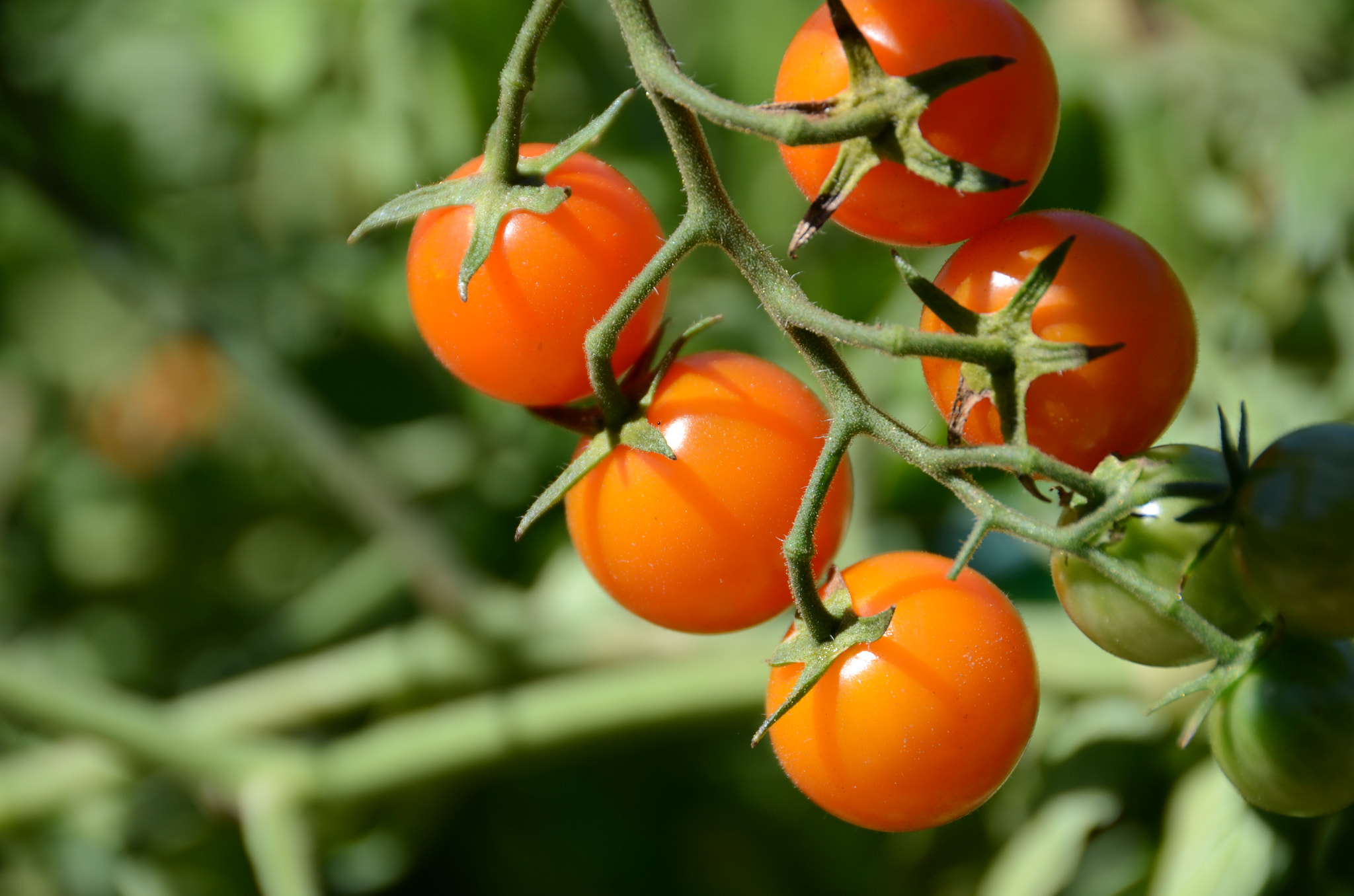The final May bank holiday is fast approaching, and what better way to cheers to the weekend than with a tomato-based cocktail that’s light, bright, and garden-party ready?
Check out our recipe for a Tomato Basil Spritz — a super fresh treat to enjoy this bank holiday!
Ingredients (for 1 cocktail):
- 60ml tomato water (from ripe tomatoes)
- 30ml gin (or vodka if you prefer)
- 15ml elderflower liqueur (like St-Germain)
- 15ml fresh lemon juice
- Sparkling wine or prosecco (to top up)
- 3–4 fresh basil leaves
- Pinch of sea salt
- Ice cubes
For garnish:
- Tiny basil sprig or edible flowers
- Cherry tomato on a cocktail stick (optional)
Method:
Step 1 – Make the tomato water. Roughly chop 2–3 ripe tomatoes, sprinkle with a pinch of salt, and blend until smooth. Pour into a fine sieve or cheesecloth over a bowl and let it drip through for about 15 minutes.
Step 2 – Build the cocktail, in a shaker or jar, muddle the basil leaves gently (not smashed to bits, just bruised to release oils). Add the tomato water, gin, elderflower liqueur, lemon juice, and a few ice cubes. Shake briefly, just to chill.
Step 3 – Serve by straining into a big balloon glass or wine glass filled with fresh ice. Top up generously with chilled sparkling wine or prosecco. Garnish with a basil sprig and a skewered cherry tomato if desired.

